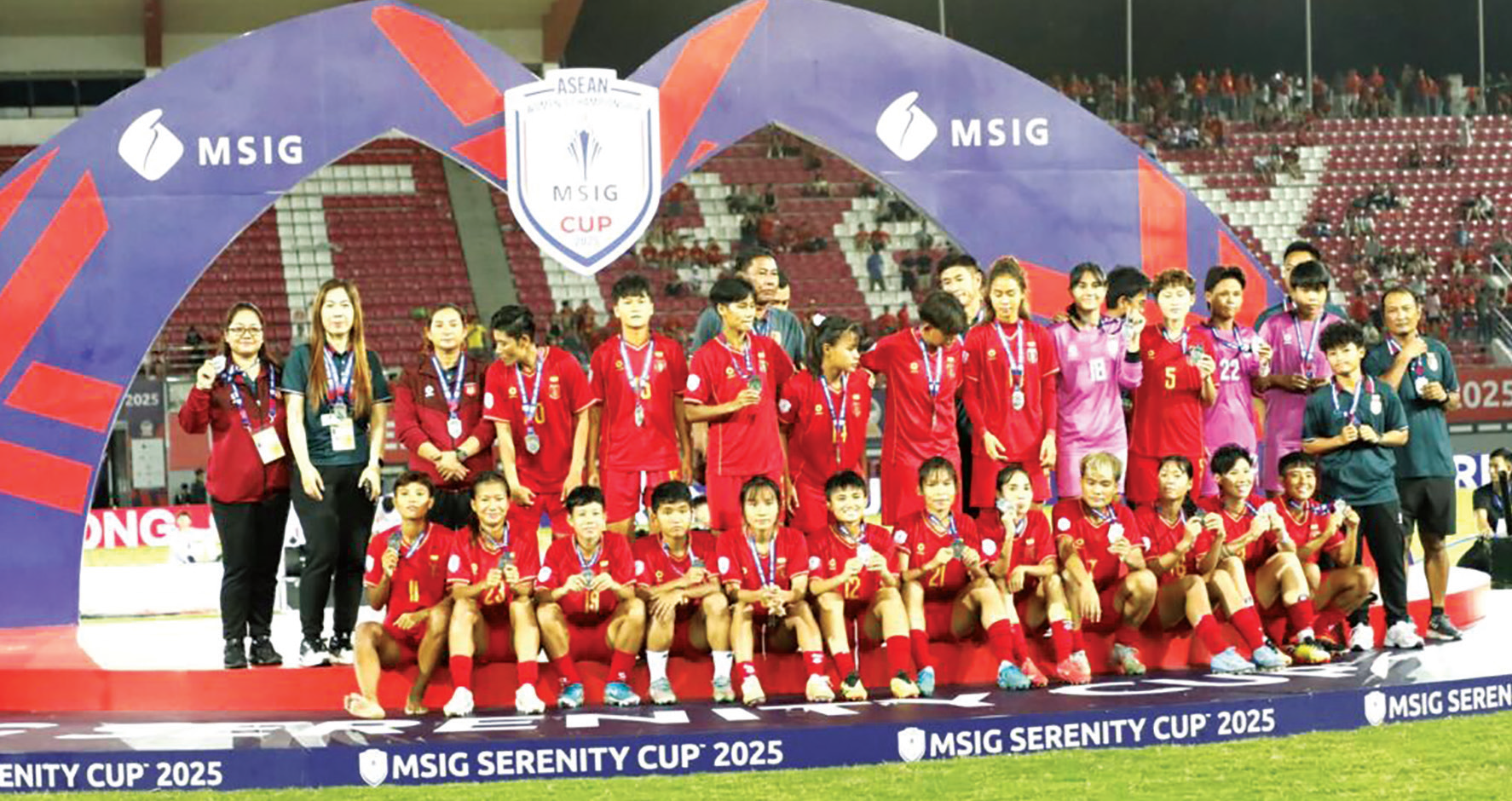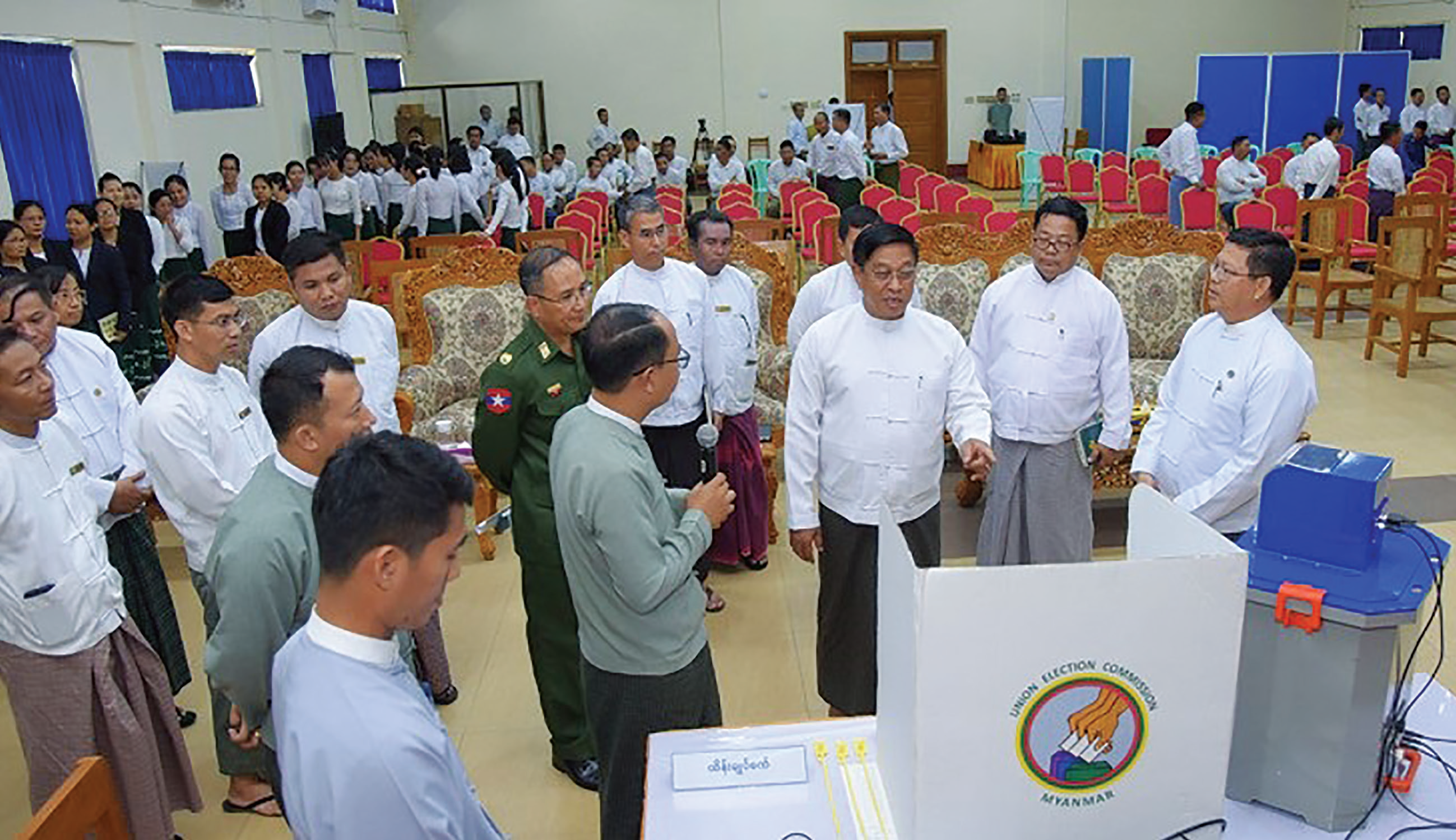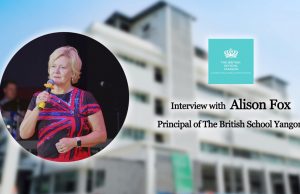Elections season is coming and the temperature is going up to feverish category as we get closer towards the year end. MI managed to track down a candidate who wants to make a difference to the country and the state of affairs. Just let’s call him, Mg Ko Oo (MKO) for the time being.
MKO family was from the military background. As such, he felt that it would be a betrayal to Tatmadaw if he were to join any other party apart from USDP. Some political analyst and 88 generation (forever) student such as Yan Kyaw, clearly said it would be stupid not to contest as an independent this time round, but we will only know how accurate his assessment is at the end of January 2025. Even though PPP Chief has invited him to join her party, he had to politely deny as the existing party members would not think so kindly of someone who is willing to betray his roots. Just think of what happened to Shwe Man and how Su Kyi treated him after she got what she wanted. The other parties such as PP led by Ko Ko Gyi does not impress him either. The leader apparently does not fall under the category of being smart and intelligent. After he joined the USDP, he heard the ‘good’ news that the other three out of eight parties competing nationwide has been dissolved, due to their inability to meet some of the eligibility criteria; the main ones being inability to meet the minimum number of party members and the party branches across the country. Especially when the main opposition fo USDP is NDF where the remnants of the now-defunct party NLD ended up joining, the main rivals of the largest party USDP would likely turn out to be independents, who have no chance of a government formation by themselves.
The remaining six nation-wide parties
are:
1. USDP (Union Solidarity and
Development Party)
2. Ta Sa Nya (Nationalities Unity
Party)
3. People’s Pioneer Party (PPP)
4. Myanmar Farmers’ Development
Party (MFDP)
5. Shan and Nationalities Democratic
Party (SNDP)
6. People’s Party (PP)
The Road Rush
The deadline for the submission of the candidacy was originally on the 17th. The document requirements were not cumbersome yet not that easy either. Together with candidacy form, form for personal particulars, candidates are required to submit, educational qualifications, tax clearance, household list evidencing their stay in respective constituencies, bank deposit of 5 Lakhs (~$120), swearing in, in front of a judge, appointment of a representative and confirmation by the state, region or township UEC (Union Elections Commission) branch.
Our man, being the speedy Gonzales, completed all the documentations above by Friday the 12th, well ahead of the closing date. He has even started visiting a couple of USDP beaches in his designated district, touch base, network and discussed some plans for the campaign the following day. Being an election virgin, he has not expected the bombshell of USDP calling him on 13th and informing him that his constituency and representation has been changed. Previously he was contesting in a district within Yangon for an upper house seat and now he has to join the race in a township for a lower house position.
So it’s a redo all over, but he all put it as part of the elections experience. The good thing is the government instructed all respective offices to remain open on Saturday (13th)
and Sunday (14th), thus making the rush a lot more doable. Together with USDP candidates nationwide, MKO would submit the documents on Monday the 15th. The latest announcement from UEC has further postponed the submission date from September 17 to September 22, giving the impression that especially the bigger parties are not done with their allocation of seats. So far, as of September 15, nearly 70 candidates from various parties other than USDP has submitted their applications to the UEC.
During this period, USDP leader of Yangon region gave a briefing to all participants from Yangon region (comprising of upper house, lower house and regional parliamentary candidates). He highlighted the need to play fair and keep records of elections spending properly. Participants also took turns to introduce each other during the briefing. Currently the rumour, quoting one online political cele, is such that the applicants outnumber the positions only in USDP. The rest of the parties are having difficulties in getting enough candidates to stand in the available constituencies.
For MKO, this decision to participate in the general elections may be just a small step towards his interest in governance and government perhaps, but a giant step towards getting ‘Smarter people to create an even smarter government’!
















